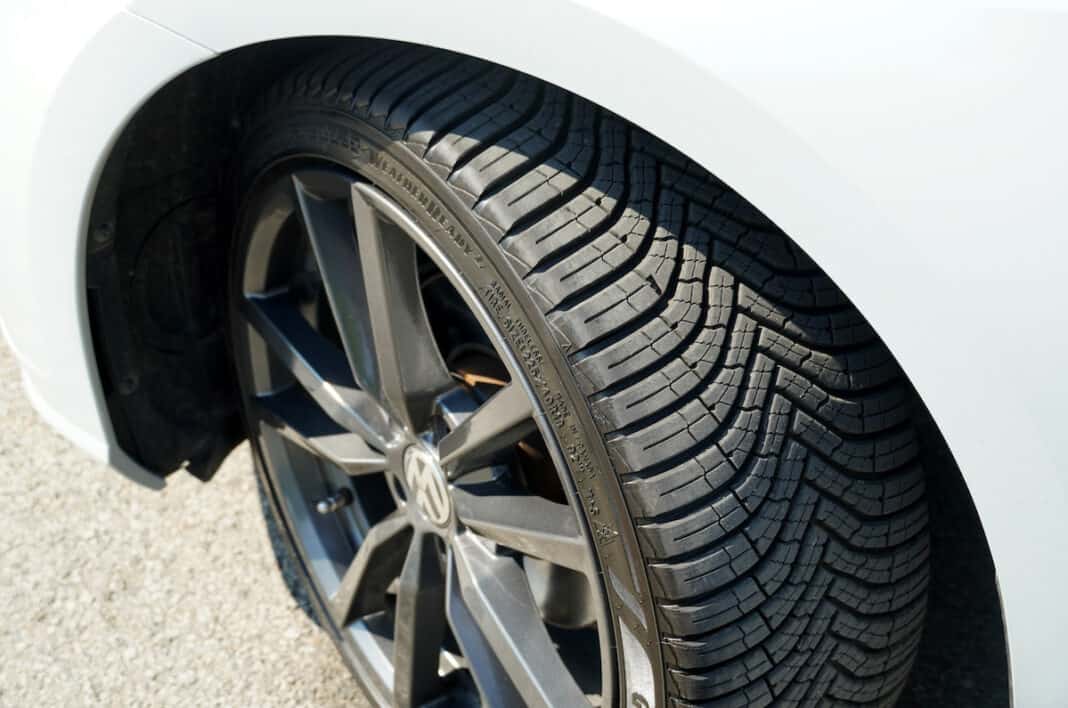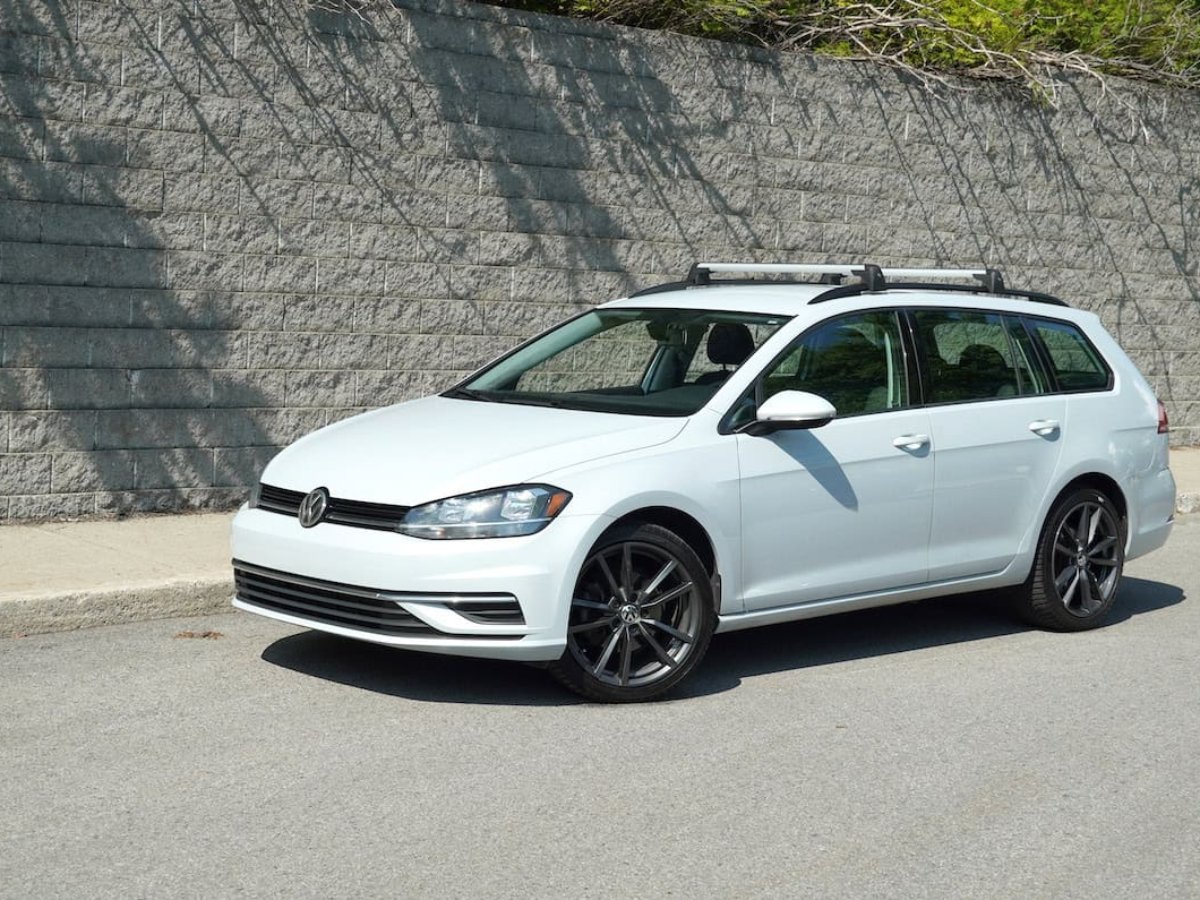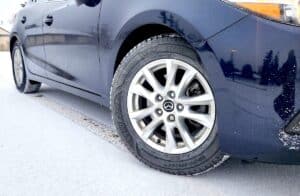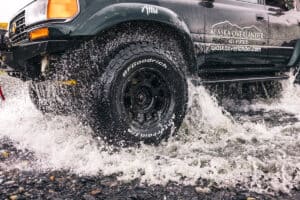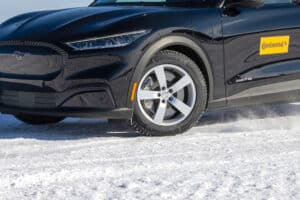Goodyear’s latest all-weather tire, the Assurance WeatherReady 2, recently made its way onto the market. And with prices of tires (and everything else) on the rise, some of us might be looking for those “do-it-all” soles for their vehicle.
Here in Quebec, road conditions go from silky smooth, freshly paved highways to some of the worst roads in North America, and let’s not forget the temperature change. In fact, winter tires are mandatory in the Eastern province. Still, since these all-weather tires are tolerated, I decided to take a closer look at these units for a proper road test on the family’s Volkswagen Golf SportWagen.
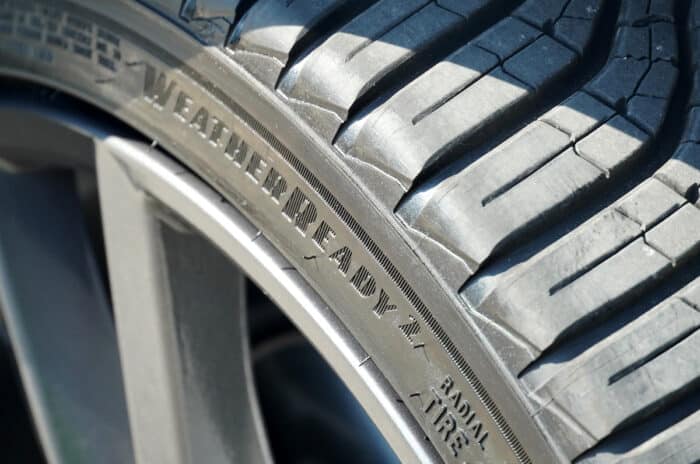
Quick Specs: Goodyear Assurance WeatherReady 2
- Estimated Pricing (per tire): USD $150–$225; CAD $200–$275
- Type: All-weather touring tire
- Available Sizes: 16″ to 22″
- Tread Design: V-shaped directional pattern
- 3PMSF Certified: Yes (Three-Peak Mountain Snowflake)
- Warranty: Up to 70,000 miles (varies by size)
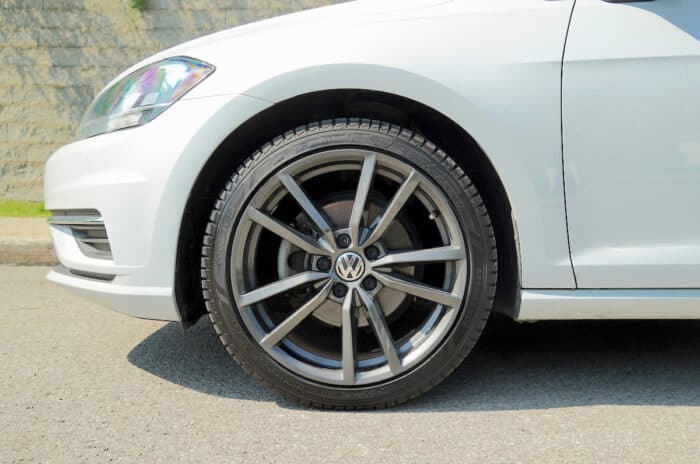
This time around, I also opted to upgrade the 16-inch OEM set from Volkswagen to a sportier 18-inch set of replica wheels, an homage to the Mk.VII Volkswagen Golf R’s 19-inchers if you prefer. Mixed with the glacier white of the car’s body, those gunmetal grey wheels looked amazing when I pulled them out of their boxes at the beginning of the summer.
Related – Review: Goodyear Wrangler TrailRunner AT Tire
Off to a Delayed Start
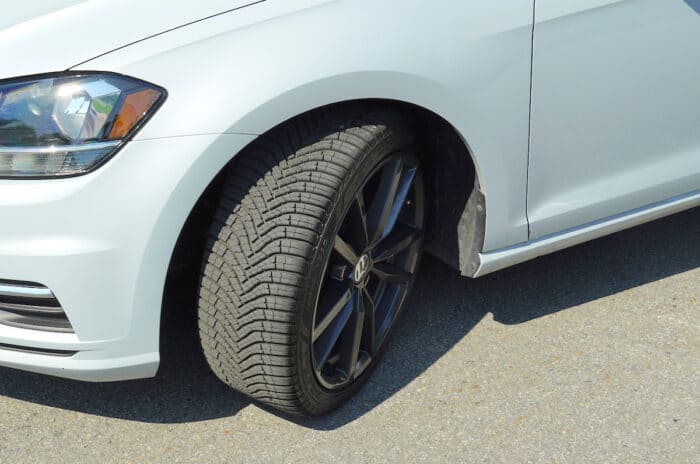
What I didn’t know at the time is that I was going to spend a few extra bucks to fix perfectly brand-new wheels only days – not even a week – after they were bolted on the car, following a proper tire installation at my local garage.
My first contact with the tires was on dry pavement, and the first thing I noticed was how quiet they were. Comfort inserts in the sidewall and multipitch tread block design help minimize road noise and vibrations.
Yes, folks, after lending my car to relatives for a quick use of the family wagon, I was “rewarded” with scuffs on two of the four wheels. I wasn’t even quick enough to take pictures of the new wheel/tire setup before that happened. These minor scratches on the wheels did not affect the performance of the new tires, as it was only a quick rub against the sidewalk. However, I still had to get them fixed. This is why this tire review is posted so late in the season. I had the two problematic wheels fixed in a specialty shop, while I bolted two OEM wheels back on the car in the meantime. Two weeks later, the fixed wheels came back on the car. But, with vacation days and work in the way, the whole process took nearly a month.
Related – Can All-Season Tires Handle Snow? What You Need to Know
This Car’s No Track Toy—But the Tires Still Matter
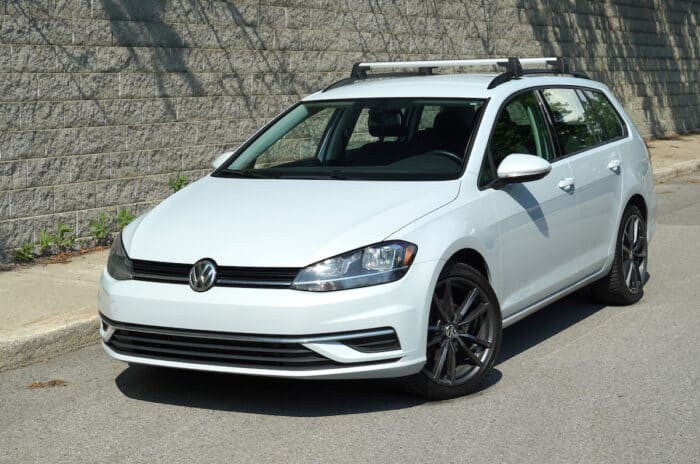
On my personal cars, especially the ones I drive hard, I usually opt for the most performance tires available. However, in this case, the German wagon is primarily used for everyday driving and longer road trips. I can assure you this DSG-equipped 4Motion family hauler does not see track time, and it will never be used in such fashion.
But these year-round tires piqued my interest, and despite what the internet says about these tire options – mainly that they don’t perform well in extreme conditions, whether cold or hot – I decided to try them out for a few months. The first chapter will focus on summer conditions, but I also plan to leave them on until the colder months to see how they cope with snow, slush, ice, and all these harsher circumstances.
Related – Snow Tires in Summer: Here’s Why It’s a Bad Idea
One Tire for Several Vehicles
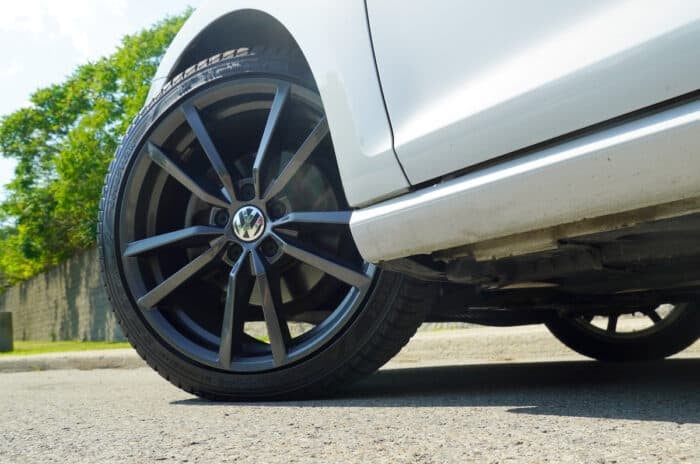
The Assurance WeatherReady 2 is available in a wide range of sizes, from 16 to 22 inches, making it a viable choice for most everyday vehicles. In this case, I didn’t want to change anything from the OEM size guide. So, a set of 225/40R18s was fitted to the car, a size already available in Volkswagen’s catalogue. First of all, I must admit that these tires look good, with their V-shaped tread design. But apart from this, it’s really behind the wheel that these tires must deliver. My first contact with the tires was on dry pavement, and the first thing I noticed was how quiet they were. Comfort inserts in the sidewall and multipitch tread block design help minimize road noise and vibrations. They also felt softer than expected, almost to a point where I would mix these up with good all-season tires.
Grippy in the Rain—With Surprising Road Feel
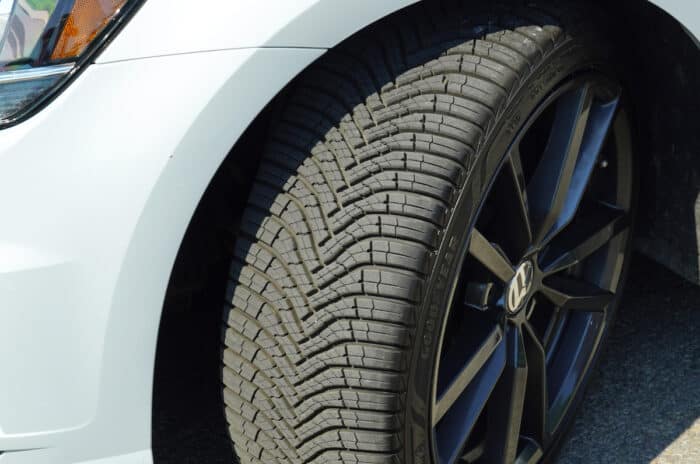
For harder driving conditions, the Goodyear Assurance WeatherReady2 tire benefits from AquaTred technology, which enhances its performance in wet conditions. The tire boasts a three-peak mountain snowflake logo, which confirms the winter capabilities of this tire set. On that note, I’ll have to wait before I can determine if they’re good enough for a Quebec winter.
Will they outperform true winter tires? Probably not, but if they can keep the car on the road, without too much driver input, it will be a victory for my family.
Quite surprising on dry asphalt, the Assurance WeatherReady2’s was even better in the wet. As I tried to push the car harder to make the all-wheel drive system intervene, the tires just felt grippier than expected. They do feel a little “spikier” than a summer tire, but I only experienced that sensation when I was driving hard in tighter curves. So far, the Goodyear set of tires has been a nice surprise, especially since I’m mostly used to a mixed system: winter tires for half the year, and summer or all-season tires for the remainder of the year.
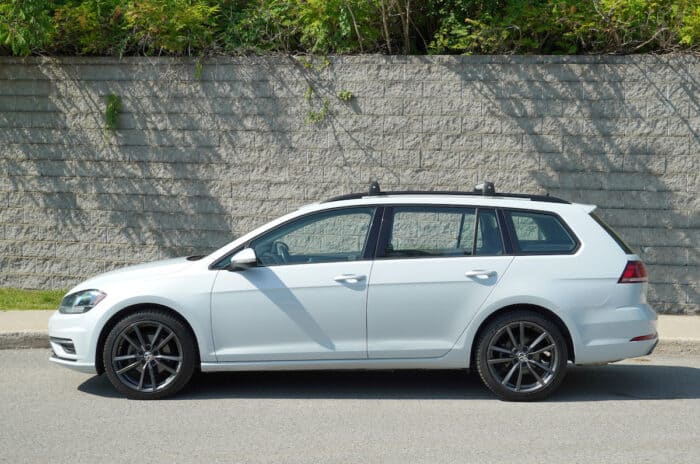
Of course, for better grip, I would look in the direction of a high-performance tire, like the Eagle line-up of tires from Goodyear, for example, but for now, these all-weather tires do the trick quite well for an all-rounder car. I must admit that I can’t wait to test these tires in much colder conditions. Will they outperform true winter tires? Probably not, but if they can keep the car on the road, without too much driver input, it will be a victory for my family.
Related – The Best Winter Tires for Snow and Ice: Budget to Premium Picks

